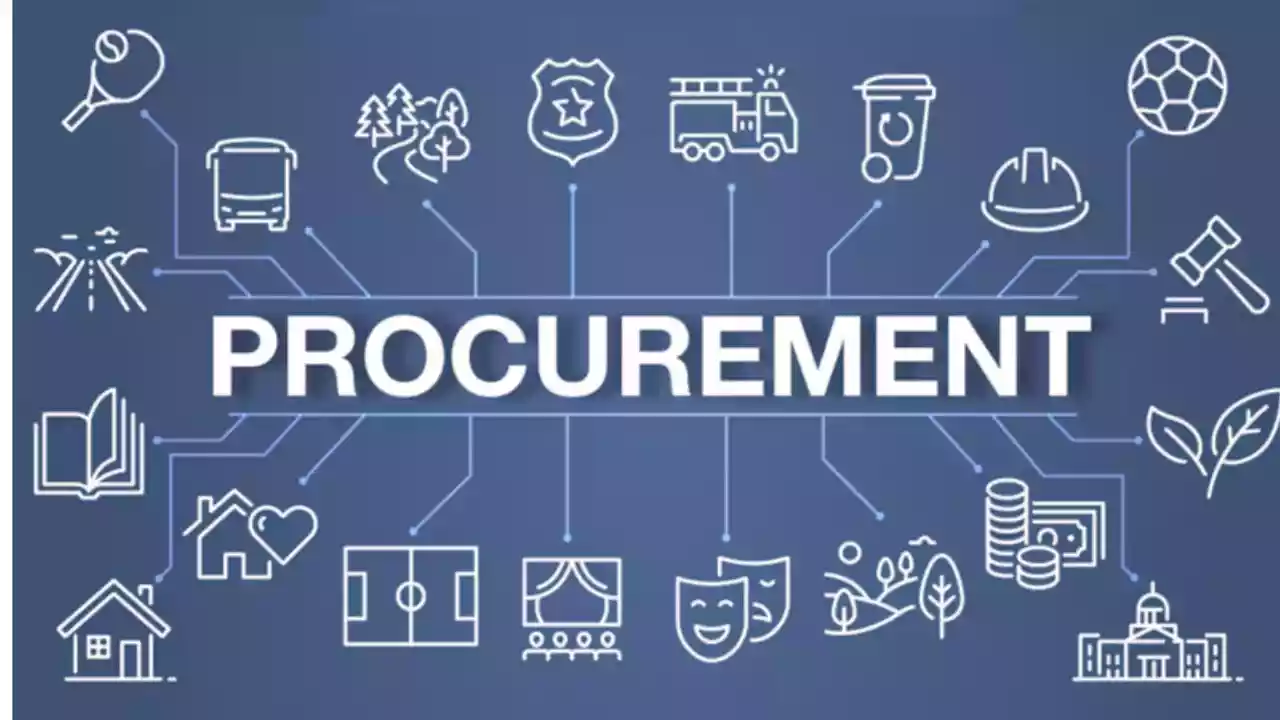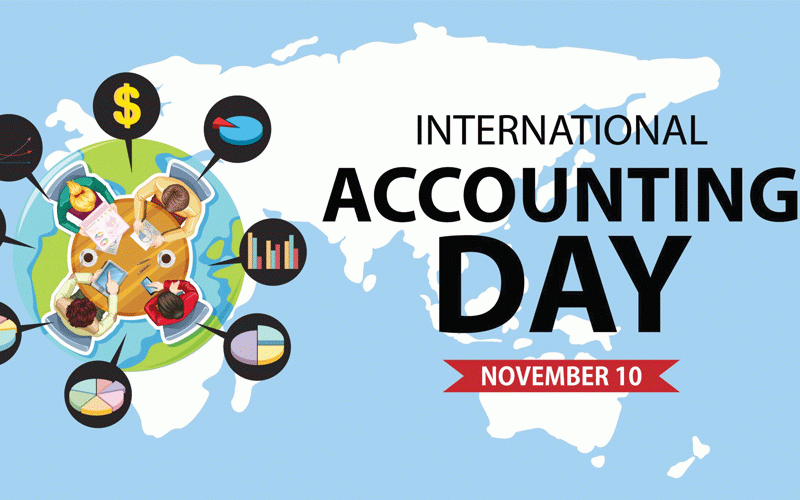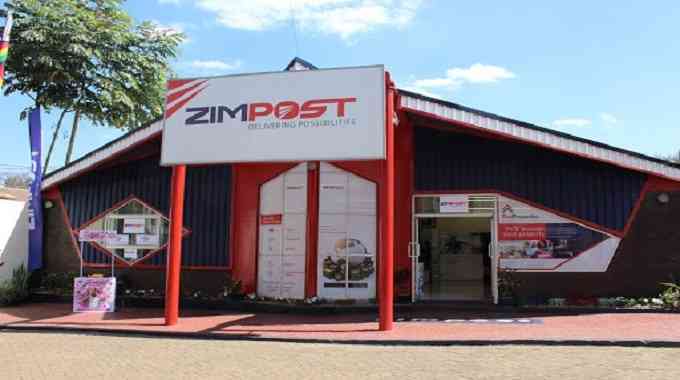
SUPPLY chain management is an area where the rules of the game change so drastically that the old playbook can easily become obsolete at short notice.
In such circumstances, manufacturing organisations are often faced with extremely difficult decisions on whether to produce components, parts, or products in-house (make) or to outsource them from external suppliers (buy).
The make or buy decision-making process obligates management to carry out a comprehensive analysis of factors, which may include the weighing of financial criteria against non-financial criteria.
It would appear cost accounting will forever remain the primary focus of the make-or-buy decision analysis in the supply chain. A comprehensive make or buy cost analysis helps supply chain professionals to understand the full financial implications of their supply chain decisions.
Such an analysis could easily be regarded as the invisible ingredient that makes everything else possible. It has forced many people to sit up and take further notice of what should be done to move the needle.
At its core, a make-or-buy decision involves evaluating various factors such as the company’s internal capabilities to include material and financial resources as well as technical expertise, comparing them to those that are available from outside vendors. Make-or-buy analysis is, therefore, a strategic decision-making tool utilised by manufacturers to assess the costs and benefits of producing a component or product internally versus purchasing same from an external supplier.
This decision analysis will often take into consideration various quantitative and qualitative factors, including cost, capacity, quality, and control, to determine the most cost-effective and efficient method of sourcing production materials.
The make or buy integrated analysis will often combine quantitative data with strategic insights allowing for a more nuanced understanding of the trade-offs between in-house production and outsourcing.
- Students develop mobile app to support SRHR learning
- Cops arrested for conning ICT perm sec
- Hwange communities tackle human-wildlife conflicts, crime
- Students develop mobile app to support SRHR learning
Keep Reading
Against this backdrop, staying razor-sharp focused is important. A make or buy decision analysis requires a rigorous process that takes into consideration not only a company’s financial resources but also its wider corporate strategy, core organisational competencies, human resources capabilities, network and technology solutions as well as organisational flexibility.
Such decision-making tools are generally regarded as fundamental in shaping a company’s operations, its cost structures as well as its resource allocation. In situations where internal resources are limited or are stretched thin, the outsourcing concept may turn out to be the most efficient option.
While it may sound simple on the surface, the make or buy decision-making process involves evaluating numerous sophisticated elements, from financial factors to strategic positioning in relation to competition. Doing so is not time wasted but time saved and value created.
The make or buy decisions analysis will also seek to shape the organisation’s trajectory fostering technological innovation, optimisation of process automation, and contributing to sustained growth and profitability.
The decision analysis framework must always take into consideration quantitative and qualitative variables such as cost-efficiency, internal human resources expertise and supplier reliability in the face of technological developments.
It must also be noted that other factors such as the possibility of supply chain disruption or sudden change in market conditions or incompatible supplier relations can prompt the pursuit of the make or buy decision analysis. It must be remembered that pursuing the outsourcing model goes beyond mere cost considerations.
It often takes into consideration the carrying out of a through empirical analysis of supplier reliability, quality control and understanding the supplier’s capacity to align with the focal firm’s values and strategic objectives.
Supply chains should never trade quality for price. In a world of competing narratives, quality control standards are generally regarded as most important in a make-or-buy decision, particularly for those industries where precision cannot be compromised, such as aerospace or electronics.
The production cost and the need to pursue quality control initiatives are seen as the major triggers of a make-or-buy decision analysis in procurement. Make or buy decision analysis will assist in the identification of specialised vendor experts with a track record of high-quality production which can be relied upon to safeguard quality standards.
In-house production processes will allow organisations to have complete control over quality assurance processes, from raw material selection to final product inspection. While the outsourcing of services might offer quicker turnaround times and cost reductions, it is essential to consider the potential impact on product quality and the overall cost structure.
The make-or-buy decision analysis will also assist in ensuring that where outsourcing is pursued, it will provide the flexibility needed to manage fluctuating market demands while minimising the costs of maintenance and underutilisation of equipment.
Outsourcing will create opportunities for organisations to bypass the commitment of upfront costs, reducing overheads and focussing on improving their core competencies. By outsourcing production, companies can rapidly scale operations without large capital expenditure or the need for additional infrastructure.
The collaborative approach to outsourcing will help in the fostering of synergies that will seek to enhance product design, compliance adherence and customer service. There is need to work in partnership with external entities endowed with specialised expertise, who will take responsibility to infuse fresh ideas into the organisation’s products or processes.
This can lead to breakthrough technology, which will enhance product offerings that will delight customers. This will create superlative experiences for your organisation’s customers, converting them into company assets.
Flexibility is key in business. We all know that business circumstances will always change. Supply chain strategies should be adaptive. It is, therefore, important for supply chain professionals to periodically reassess organisational strategies based on market shifts, technological advancements and internal capabilities.
The make or buy decision analysis will create a flexible approach, which will enable the organisation to quickly adjust to market changes and customer demands. The flexibility will enable the organisation to offer superior value while differentiating itself from competitors. Customers are now the centre of every company’s supply chain universe. Customers are the centre of gravity that all supply chain processes must revolve around.
Outsourcing allows organisations to leverage the use of cutting-edge technologies and innovative processes that might otherwise not readily available or that may be too costly to develop internally.
By leveraging these innovations, organisations can enhance their product offerings, improve efficiency and accelerate time-to-market. In-house production processes may, on the other hand, allow for more control over sustainable practices, such as reducing waste, optimising energy use, and sourcing eco-friendly materials. This will increase the breadth of value creation.
Where supply chain organisation lack the technical expertise of producing component parts, reliance on outsourcing can be regarded as a viable option. Supply chain professionals will often be forced to focus on their core competencies while outsourcing non-essential activities.
The cardinal rule of outsourcing is that organisations must focus on what they do best, while outsourced external vendors can be given the opportunity to handle the rest.
Outsourcing certain components or products, firms will be better placed to focus their internal resources on core activities, such as research and development, marketing and customer service.
Outsourcing is slowly emerging as a viable option for harnessing the wealth of experienced talent.
This will allow organisations to select among a wide repertoire of experts and get an opportunity to share insight-rich ideas.
In a majority of cases, outsourcing providers are ordinarily specialists or experts in the outsourced areas and because of that they are likely to enjoy economies of scale from the maximum use of their expert knowledge.
Economies of scale and scope will translate into a reduction of unit costs and the production of quality goods due to the experience curve effects. Specialist expert organisations move from functions to processes, from profit to performance, from products to customers, from inventory to information, and lastly from transactions to relationships.
Procurement is hard wired to be risk averse. Outsourcing of certain operations and services will enable organisations to reduce exposure to supply chain disruptions, market fluctuations, and production inefficiencies.
Supply chain disruptions are no longer episodic; they are now constant. They are now regular. This heightens the vulnerability of any business. Such circumstances require a clear-eyed assessment of risks all day long.
In the global economy’s prevailing atmosphere of uncertainty, the need for resilience to quickly recover from economic adversity — caused by, for example, currency shifts, energy costs, rising wages, and advanced manufacturing technologies, has gained importance relative to shorter-term financial considerations. Risk analysis will therefore always remain the hallmark of any business decision that seeks to create value for money.
The make or buy decision should never be regarded as a one-time, static choice. It must be regarded as a dynamic business management process that requires constant evaluation and adjustment in response to changing market conditions, business growth and technological developments.
Making a decision based on gut feelings or opinions not supported by financial data is careless and costly. It can be the difference between shaping the future of your business or watching competitors define your business.
It must be remembered that excellence in make or buy decision analysis increases the potential in everything. It can make a difference between staying open and closing doors. This decision analysis will certainly assist organisations to get out of the red and firmly go back into the black side of the corporate ledgers.
Supply chain professionals will remain confident that with implementation of a robust make or buy decision analysis, the business can easily “print” money.
- Nyika is a supply chain practitioner based in Harare. — [email protected]











